
The Gulag Archipelago, which sold 30 million copies in 35 languages, never was published in the Soviet Union. Despite KGB attempts to confiscate it, the manuscript was smuggled out and published in the West. Now, it is mandatory reading in Russian schools.
Alexander Solzhenitsyn's last book is facing the same censorship in the West that The Gulag Archipelago faced in the Soviet Union. That's because it deals with the Jewish role in the Bolshevik Revolution.
Solzhenitsyn's book Two Hundred Years Together: Russo-Jewish History was published in Russian in 2001/2. Since then, German and French editions have been published, but no English-language edition.
The wikipedia webpage on Alexander Solzhenitsyn includes this statement:
"Solzhenitsyn also published a two-volume work on the history of Russian-Jewish relations (Two Hundred Years Together 2001, 2002). Never published in the USA, this book stirred controversy and caused Solzhenitsyn to be accused of anti-Semitism."
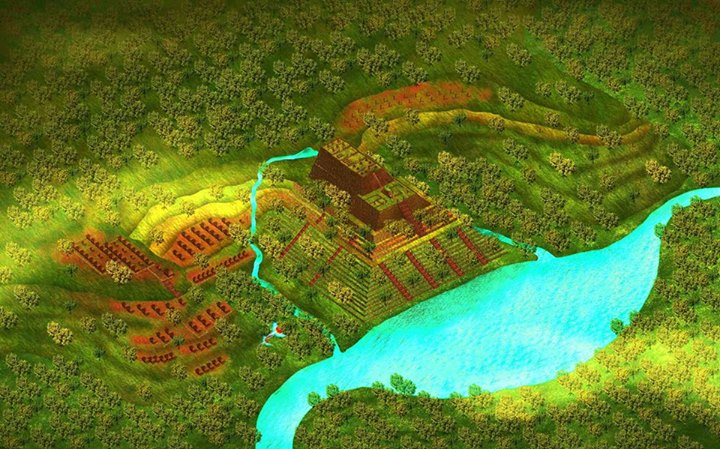
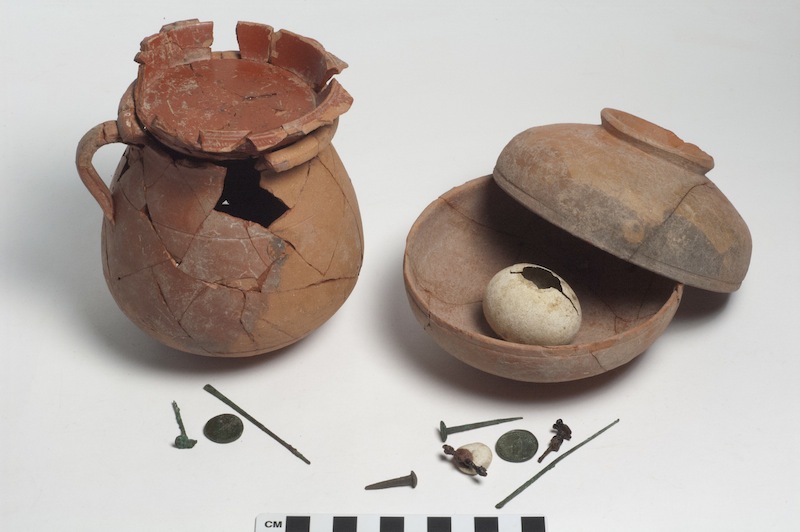

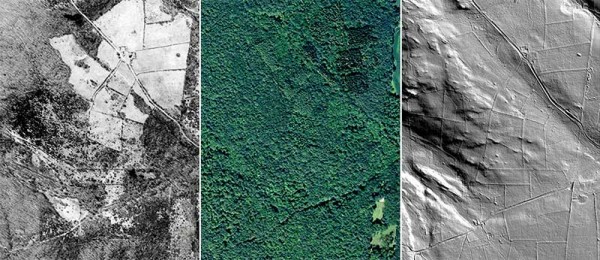



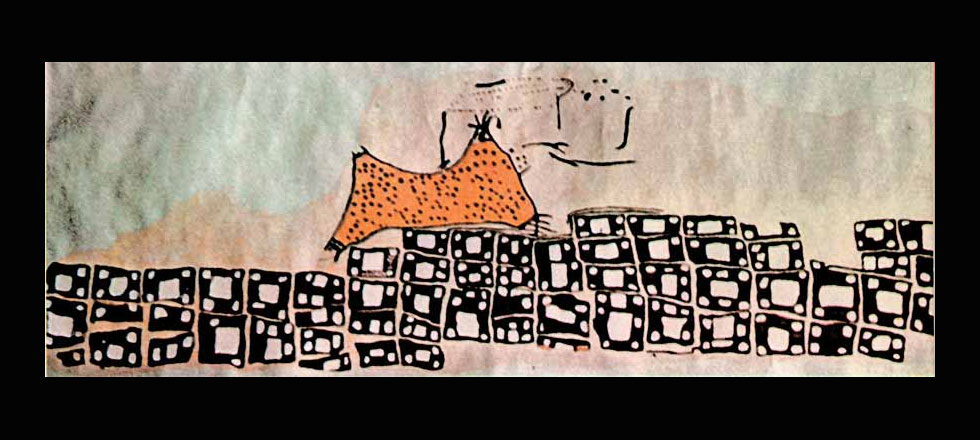
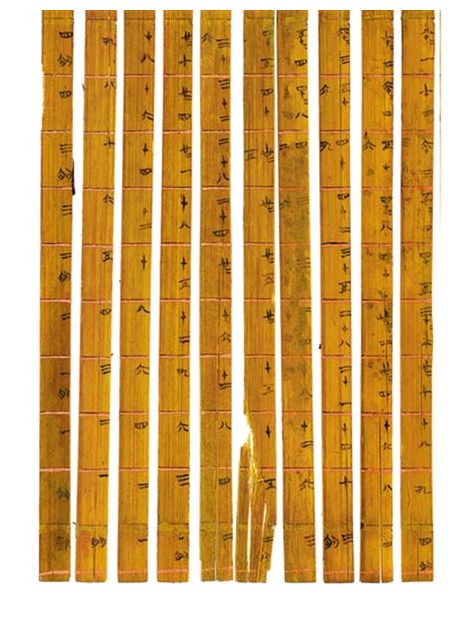



Comment: See here for more on the author's comments regarding the shady deal between the French government and U.S. Army scientists.